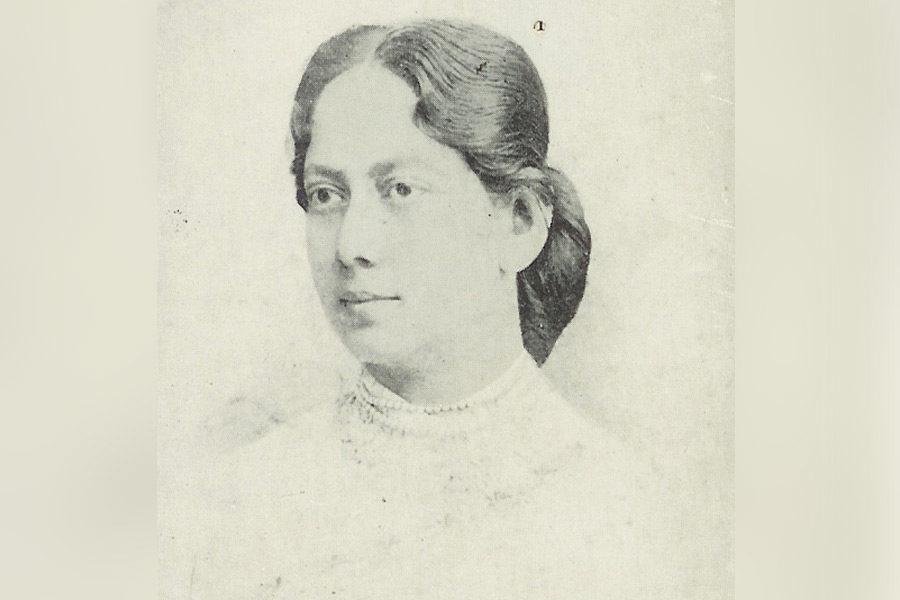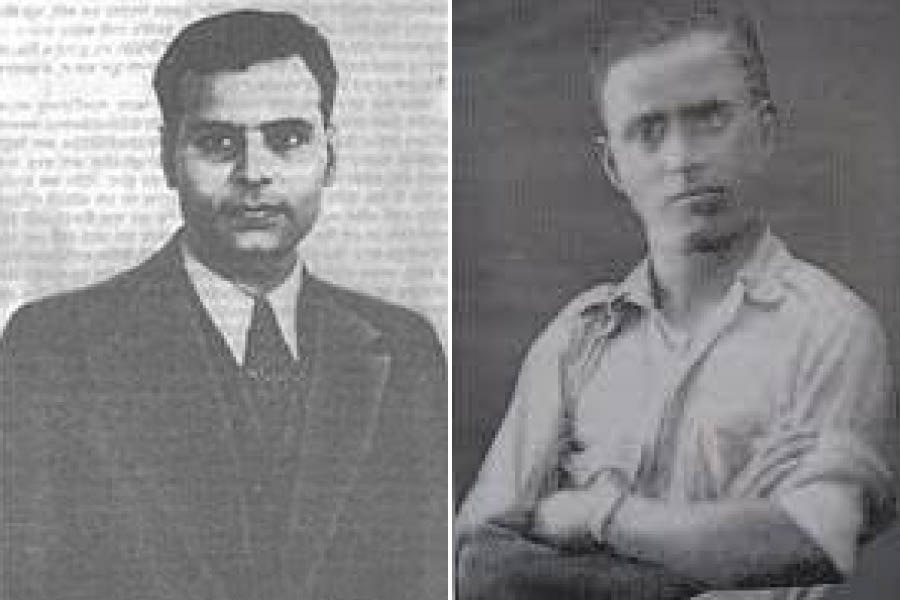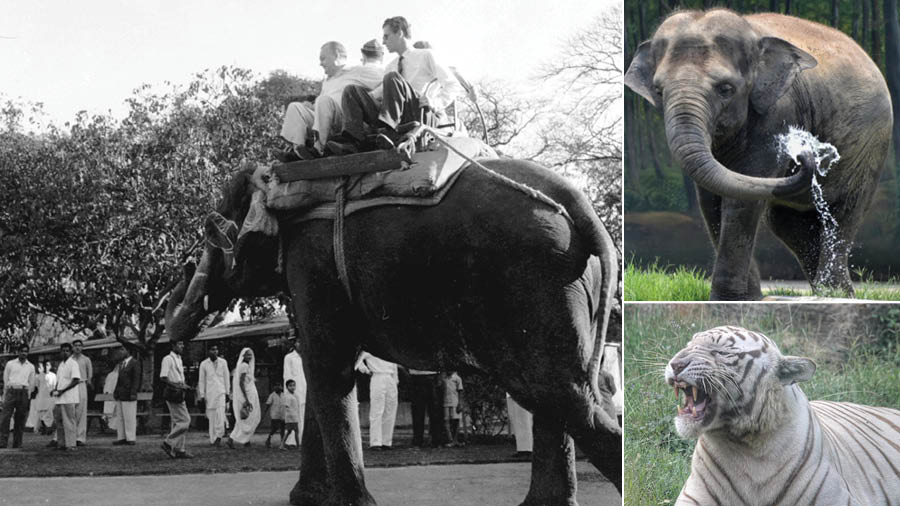In the wake of the Partition of undivided India in 1947, the newly independent and truncated India faced the tremendous challenge of refugee rehabilitation. From western Punjab, now part of the new nation of Pakistan, waves of Sikh and Hindu refugees trooped in — many arrived at Delhi, having lost all their assets and belongings.
For the government, the situation was almost entirely unmanageable, more so with West Bengal also experiencing a similar phenomenon of Hindu refugees from the newly formed East Pakistan. A country, left in poor financial health by the World War years followed by the horrors of Partition, was struggling to cope. At that point in time, a true visionary and pioneer stepped up. This is her story.
The story, though, neither begins in 1947, nor in Delhi. It starts in 1903, in the coastal town of Mangalore, back then part of the kingdom of Mysore. On April 3 of that year, Girijabai, wife of Ananthayya Dhareshwar, the district collector, gave birth to a girl. She was named Kamaladevi. In Girijabai, Kamala had a mother who had a fierce independent streak, something she passed on to her daughter. Girijabai was also reasonably well-read. Kamala had a well-rounded childhood, receiving both education and more importantly, the right life values.
When she was just seven, Kamala’s father passed away suddenly. To make matters worse, he had died intestate, meaning all his material possessions transferred to his son from his first wife. Kamala and her mother took shelter with her maternal uncle. This gentleman was a respected social reformist and his acquaintances included nationalist leaders like Gopal Krishna Gokhale as well as pioneering female thinkers like Annie Besant and Ramabai Ranade. Interacting with them, young Kamala was infused with swadeshi beliefs.
At the age of 14, Kamala was married off, in line with customs of the time. Unfortunately, just two years later, her husband passed away. But Kamala refused to let this tragedy set her back. Fortunately, her father-in-law was a progressive person, who encouraged her to continue her education. On completion of her schooling, Kamala joined Queen Mary’s College in Madras. It was here that Kamala’s life would undergo a major transformation.
Among her classmates was Suhasini Chattopadhyay, the younger sister of Sarojini Naidu. Kamala became close friends with Suhasini, and in time, was introduced to Suhasini’s brother Harindranath, better known as Harin*. Harin had already earned some fame as a poet and playwright. Kamala instantly hit it off with Harin and soon, their friendship blossomed into love. However, widow remarriage was still largely a taboo for high-class Hindus.

In 1941, in racially segregated Louisiana, Kamaladevi boarded a ‘whites-only’ carriage
Hailing from a Saraswat Brahmin family, a widow remarrying, that too on her own accord, was considered sacrilege. But Kamaladevi was made of sterner stuff. Ignoring all opposition, she and Harin got married and the couple was blessed with a son a year later. Harin and Kamala formed a successful partnership, as together they composed poems, plays, skits etc. and toured all over the country organising performances. Sadly, their marriage did not last and the pair later amicably parted ways. Even in this, Kamaladevi was a pioneer as the divorce was the first court-granted legal one in India.
Sometime later, Harin moved to London and a few months later, Kamaladevi joined him there. In London, she enrolled into Bedford College, University of London, where she pursued a diploma in sociology. However, when, in 1923, Mahatma Gandhi sounded a clarion call for the Non-Cooperation Movement, Kamaladevi decided to return to India to join the movement. She joined the Seva Dal, a Gandhian organisation set up to promote social uplift and was placed in charge of the Dal women’s wing. Kamaladevi made it her life’s mission now to imbue girls and women of all ages with the swadeshi spirit, empowering them to work for the cause of the nation as also their own betterment.
In 1926, a meeting with well-known suffragette Margaret E. Cousins had a profound impact on Kamaladevi. Inspired by Cousins’s thoughts and words, Kamaladevi decided to contest in the Madras Provincial Legislative Assembly Elections. Although she lost by a narrow margin of 55 votes, it was new ground broken as no Indian woman had ever contested an election before her. She continued to campaign ardently for women’s education, prevention of child marriage and uniform civil rights as a way to promote gender equality. A true feminist at heart, Kamaladevi believed that domestic household tasks performed by women should be considered an economic activity – a revolutionary thought in the 1920s.
Her self-belief, ardent activism and devotion to the nationalist cause brought Kamaladevi close to the Mahatma. When Gandhi decided to undertake the Salt Satyagraha in 1930, Kamaladevi was part of the seven-member team led by the Mahatma who performed salt preparation at the Bombay beachfront. As a matter of fact, initially, the Mahatma was against inclusion of women in the Salt Satyagraha but he relented after Kamaladevi resisted his plan and spoke passionately on behalf of her gender.
In an act of daring and chutzpah, Kamaladevi proudly entered the Bombay High Court and shocked a British magistrate by offering to sell to him ‘Freedom’ brand of salt! On January 26, 1930, Kamaladevi was in the headlines when she was photographed desperately clinging on to the Tricolour even as policemen tried to wrest it from her. In 1936, Kamaladevi became the president of the Congress Socialist Party.
In 1939, when WWII broke out, Kamaladevi was in Europe, attending a women’s rights conference. She immediately started travelling across Europe and later, North America to bring to the world’s attention India’s battle for Independence. In 1941, in racially segregated Louisiana, Kamaladevi boarded a ‘whites-only’ carriage. The conductor tried to make her move out, but Kamaladevi pointedly refused, making the conductor back off.
At the time of Independence, she was offered several official posts, but declined them all. She realised the refugee crisis was spiralling out of control and set up the Indian Cooperative Union to look after the cause. Despite no official support from the government, Kamaladevi refused to back down and the Union was able to set up a township on the outskirts of Delhi called Faridabad, entirely through their own efforts. Despite being in her late-40s by then, Kamaladevi worked tirelessly to rehabilitate refugees, find them new occupations by organising skill development workshops and setting up health camps all over the township.
Through all this, Kamaladevi never lost her love for art. To preserve heritage handmade art forms, she was instrumental in setting up a number of institutions like All India Handicrafts Board and Central Cottage Industries Emporium. She also served as chairperson of National School of Drama and Sangeet Natak Akademi.
Kamaladevi was awarded the Padma Bhushan in 1955, the Ramon Magsaysay Award in 1966 and the Padma Vibhushan in 1987. She authored over 20 books on a variety of topics and in 1931, also acted in two Kannada silent films. Later, she also acted in a few Hindi talkie films, including one with KL Saigal in 1943. This magnificent woman breathed her last in 1988. Her life needs to be surely remembered and celebrated a lot more.
* A particular generation of Bengalis know Harindranath Chattopadhyay fondly as the on-screen ‘Sidhu jyatha’ and evil magician Barfi in Satyajit Ray’s films



